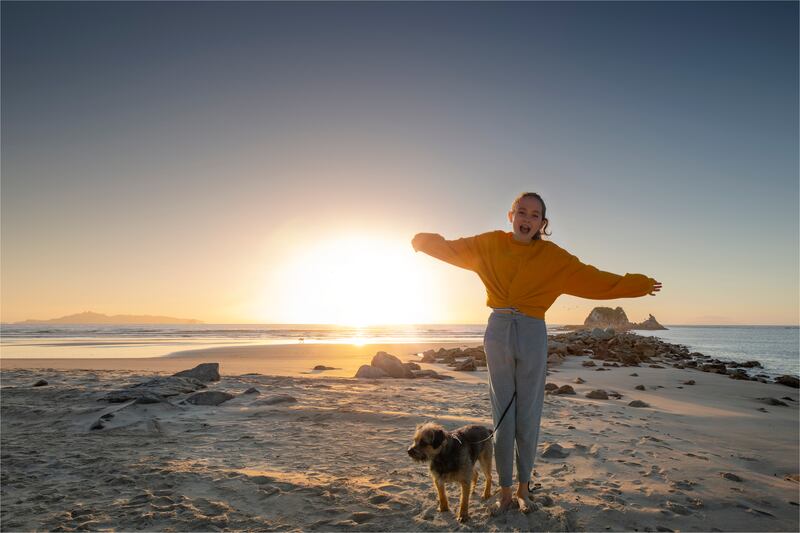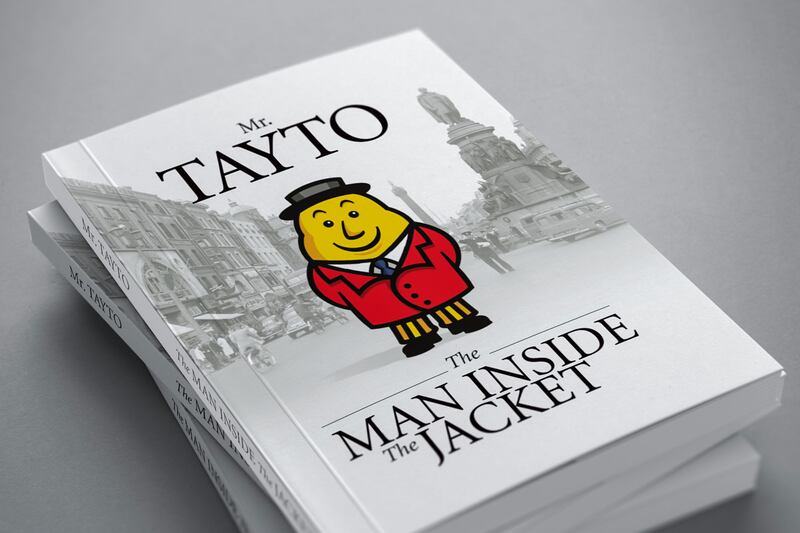In any creative sphere, work resonates most with its audience when it feels authentic. That includes advertising. But whether for people, or for industries, being your authentic self takes confidence.
It’s something award-winning strategist Rory Gallery learned early on in his career.
Now 37, he moved to Dublin to study for a master’s degree in advertising from a rural farming background in Clare, aged 21, having completed his undergrad first in UL.
“Dublin seemed like a really big deal to me, almost like a foreign country,” says Gallery.
‘A gas emergency would quickly turn into an electricity emergency. It is low-risk, but high-consequence’
How LEO Digital for Business is helping to boost small business competitiveness
‘I have to believe that this situation is not forever’: stress mounts in homeless parents and children living in claustrophobic one-room accommodation
Unlocking the potential of your small business
He went into the sector believing it required a new language - marketing speak.
It took him a while to realise that, in fact, “My key strength was not to be just another marketer, but to draw on my own upbringing, to keep things simple, and to be more myself.”
“It only happened as I got older and grew in confidence, but it definitely worked for me because advertising is about the power of reduction; there are thousands of messages we could deliver, it’s about getting to one and keeping it simple,” he says.

Early success
Gallery’s first job in the industry was with McCann Erickson Dublin, which he joined as a planner in 2007, working on accounts such as Heineken, MasterCard and Powerade.
He prefers the term strategist to planner because it’s easier to understand. “My friends used to call me Chandler Bing, because in Friends no-one knew what he did either,” he says.
These days he explains it succinctly: “It’s not always a planner’s job to come up with a brand strategy but to make sure there is one.”
The issue then is making sure consumers notice it. “The biggest challenge in our industry is catching people’s attention,” says Gallery.
His team undertook a survey six months ago, asking people what they’d prefer to do rather than watch a full ad break. “Something like one in 10 said they’d prefer to catch Covid,” he says.
Surveys 20 years ago found people enjoyed ad breaks. “Now we are surrounded by messages, so it’s harder to stand out amongst a lot of very annoying adverts,” he adds.
That’s where creativity comes in.
“My key strength was not to be just another marketer, but to draw on my own upbringing, to keep things simple, and to be more myself”
Gallery was fortunate from the start of his career to work with some of the best minds in the business. “I worked with really inspiring people like Orlaith Blaney, Shay Madden and Kay McCarthy,” he says. Orlaith Blaney is now director of corporate affairs, Irish Water, and was previously MD, McCann Dublin, which made her the youngest person to lead an international agency in Ireland. Shay Madden is now art director, Droga5 Dublin, and has worked on a huge range of Irish and international accounts, such as Tesco, Dublin Bus, AIB and Sprite. Kay McCarthy is founder and MD of MCCP and has worked on well-known brands such as Orchard Thieves, Aer Lingus, and Kerry Foods Service.
In 2010, Gallery moved to Sydney to work with Host, an advertising agency, working on clients such as Air New Zealand, Coke Zero and BT Finance.
He was the planner on Air New Zealand’s highly successful Kiwi Sceptics branded content initiative, which tricked Aussies, who said they hated the idea of going on holiday in New Zealand, into holidaying in New Zealand.
Of course, when they got there, they loved it and the campaign, which was built around a series of five-minute online posts, won bronze at Cannes and a Grand Prix at the Asian Spike Awards.

Multi award winning
Gallery moved next to AMV BBDO in London, where he became board strategy director and was part of the team that won seven Cannes Lions for Guinness’s The Sapeurs campaign. He co-authored the Guinness Made of More IPA Effectiveness paper, which won gold.
He then moved to McGarry Bowen London as head of strategy before, in 2018, moving to New Zealand with his partner, a Kiwi, to raise their children there. Before his arrival to New Zealand, he was appointed chief strategy officer at Special Group New Zealand.
The agency subsequently won New Zealand’s first ever Global Effie award, and a number of Cannes Lions awards for Good Morning World, a campaign based around the fact that New Zealanders are friendly people who also greet the morning before anyone else on the planet.
Special Group, which today has offices in Auckland, Sydney, Wellington, Melbourne, Los Angeles, and London, is now New Zealand’s leading agency, awarded Agency of the Year by numerous industry magazines.
Gallery was fortunate enough to have been named global strategic planner of the year by Campaign Magazine in 2020.
Creative is native
“One of the reasons I was looking forward to moving here is because New Zealand punches above its weight in terms of creative output,” says Gallery.
He reckons he knows why.
“The advertising industry here reflects the country’s national characteristics,” he explains.
“New Zealand is a bold challenger brand that doesn’t take itself too seriously but doesn’t believe that its size should stop it from trying to be the best - whether in sport, innovation, or business. Those national characteristics and values have really transferred into its advertising industry. Or rather, its advertising industry has borrowed and adapted those national characteristics, behaviours, and attitudes.”
“Advertising is about the power of reduction; there are thousands of messages we could deliver; it’s about getting to one and keeping it simple”
By being itself, New Zealand’s advertising industry plays to its strengths.
“It is very hard to compete internationally if you just want to make the best TV campaigns. You’re straightaway up against the US and brands like Nike whose budgets are bigger than most agencies here put together,” he points out.
“But what New Zealand is very good at is PR-able ideas, experiential campaigns that get great newspaper coverage.”
He believes that digital and experiential initiatives is where Ireland can compete too, as a fellow bold challenger brand, willing to have a laugh. “I’d encourage that to continue because we shouldn’t be trying to be like the US or the UK, we should be ourselves. The more we can be ourselves the better we are,” he says.
Irish success
Gallery points to international award-winning Irish initiatives such as Droga5 Dublin’s Say Lists and Folk Wunderman Thompson’s work with An Post to create a postal address for people who are homeless by way of example.
“One of the things New Zealand benefits from is that it’s that bit further away from anywhere else, so a lot of the decisions made here are actually made here, as opposed to being made by big multinational companies. Geography is an advantage,” he points out.
Just as Gallery realised early on that being true to himself allowed him to do his best work, the same applies when a country’s advertising industry is true to its national characteristics.
Certainly, he attributes at least some of his career success to the early lessons in creativity he received in Ireland.
“I really value the impact and influence Ireland had on me both in terms of my upbringing and of the people who impacted my career in the early years, people who really believed in me. For example, I got to present to the board of Tayto crisps about writing a biography of Mr Tayto,” he recalls.

That book went on to become a best seller, famously knocking former taoiseach Bertie Ahern off the top spot for Christmas.
“I don’t necessarily feel that in every country, as a young person in advertising, you’d be given that responsibility. It would go to someone more experienced,” he says.
Discover IAPI’s Creative is Native initiative at creativeisnative.com













